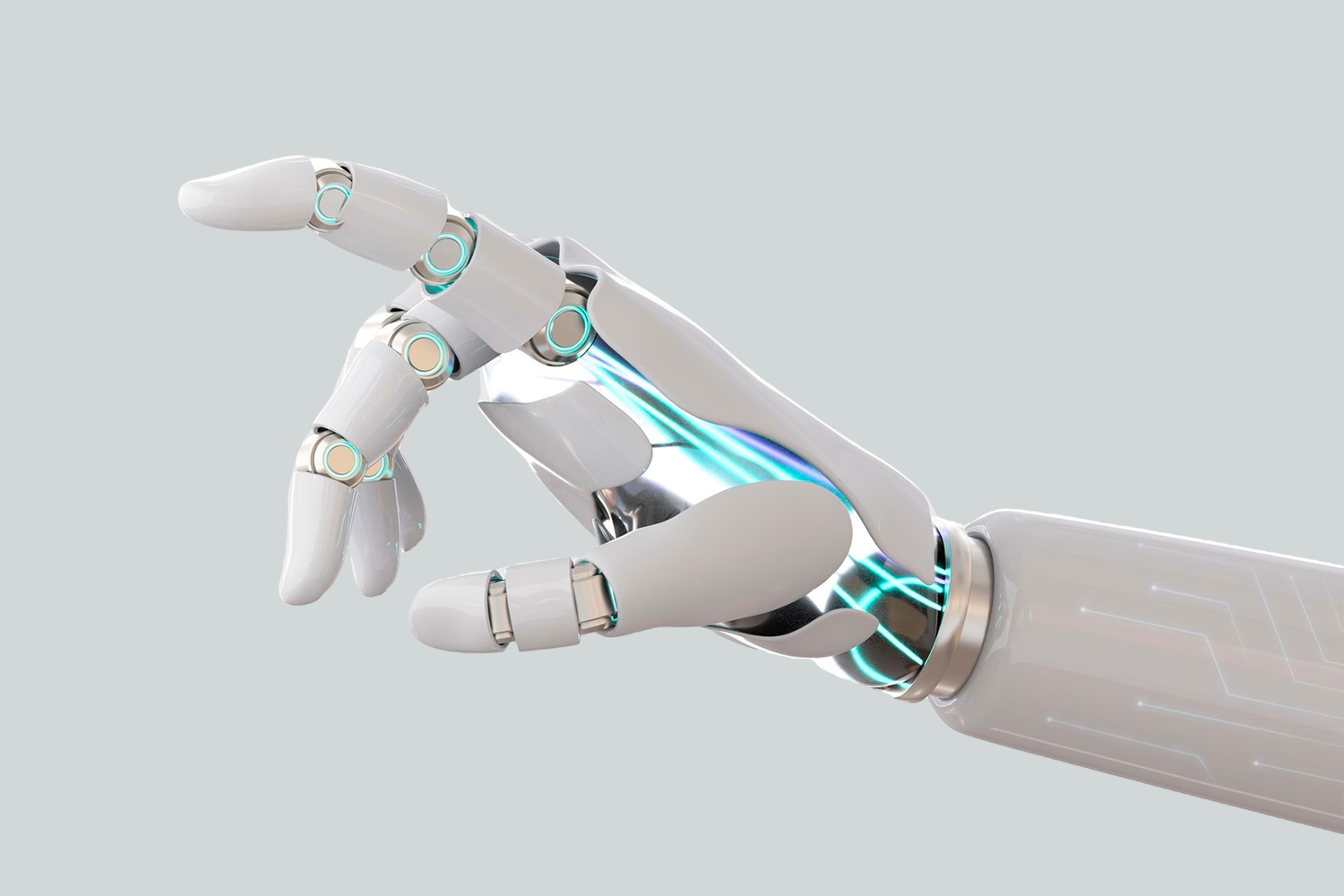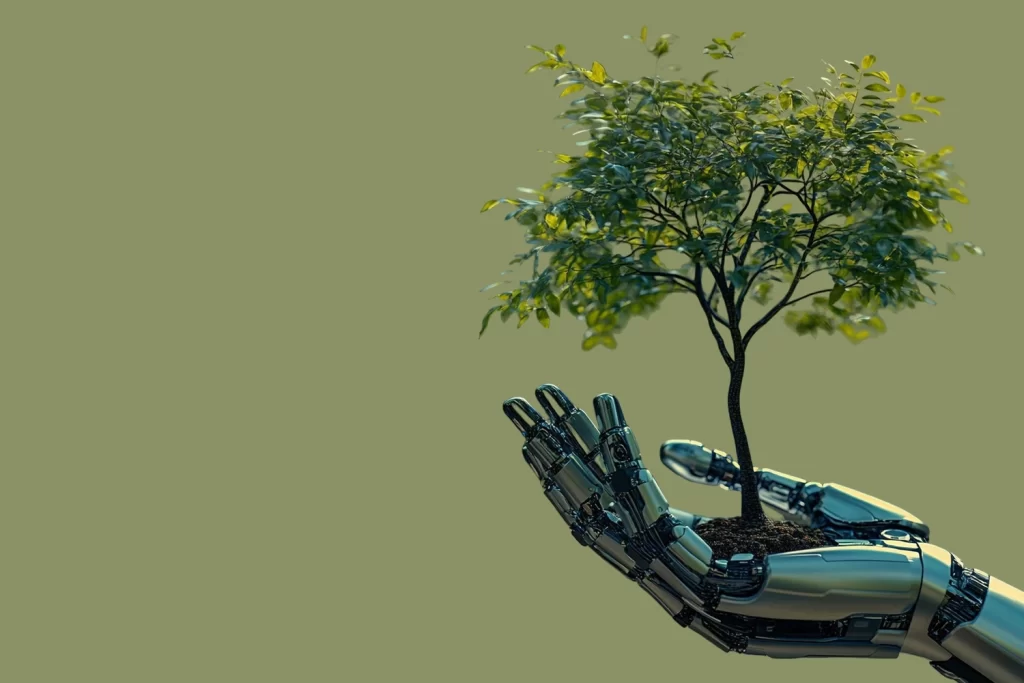
SUMMARY
What is machine learning? Machine learning and artificial intelligence
Machine learning is a branch of computer science that can be considered to all intents and purposes a close relative of artificial intelligence. In Italian we can translate this concept with two simple words: ‘machine learning‘. The intention is to teach computers, robots, and machines of various kinds to perform actions and activities as naturally as possible, trying to approximate human behaviour. How can it be done? Learning from experience: machine learning algorithms employ mathematical-computational models, allowing information to be learned directly from data and not from predetermined mathematical models.
In this way, one improves one’s performance adaptively, based on experience and following examples, optimising one’s performance by progressively increasing the number of examples to learn from. Machine learning can be understood as the ability of computers and technological machines to arrive at certain knowledge without having been pre-programmed to do so. In fact, it is a series of different mechanisms that allow an intelligent machine to improve its capabilities and performance over time.
What is machine learning: how and what do machines learn?
Analysing the issue from a computer science perspective, it can be said that a machine is only supplied with data sets, which are processed through algorithms, developing their own logic to perform the required task. The programming code is not written in its entirety, to order the medium what to do step by step. We can say that machines also work with the same principle that governs human activity: ‘by making mistakes we learn‘.
To be more precise, we speak of machine learning when we consider certain mechanisms that enable an intelligent machine to improve its performance, capabilities and skills over time. The goal is for them to learn how to perform certain tasks, improving their functions through experience. Underlying machine learning are a number of different algorithms: processing and learning operations over time will enable the machine to make an increasingly appropriate decision.

History of machine learning? Birth, development and definitions
The ancestor of modern machine learning found its historical place in the early 1950s. The world had just come out of the Second World War and an idea began to take hold within the international community of mathematicians and statisticians: to use probabilistic methods to make machines that are able to take into account the probability that an event may or may not happen. Alan Turing is the first big name we can link to the theories of machine learning and artificial intelligence.
The celebrated mathematician, considered the great father of computing, went down in history for having devised the system that made it possible to decode the codes created by the German Enigma machine, making an important contribution to the Allies’ victory in the war. The Englishman hypothesised the need to develop specific algorithms in order to make machines capable of learning. He was a true pioneer in a very tumultuous period in history, when studies on artificial intelligence and neural networks were also progressing.
The definition of machine learning: from Samuel to Mitchell
Studies, however, were often interrupted due to the lack of financial aid, as well as general scepticism. A revival of research, this time decisive and definitive, took place between the 1980s and 1990s, when a series of new investments in the field led to the realisation of techniques related to statistical and probabilistic elements inherent to machine learning. Machine learning attracted a great deal of interest and gradually developed, leading machine learning to be in high demand in contemporary society.
The term machine learning was coined by the US scientist Arthur Lee Samuel in 1959. The most accepted definition of machine learning by the scientific community, however, is the one given by the American Tom Michael Mitchell, director of the Machine Learning department at Carnegie Mellon University.
A programme is said to learn from experience E with reference to some class of task T and with performance measurement P, if its performance in task T, as measured by P, improves with experience E.
Tom Michael Mitchell
How does machine learning work? The different types of learning
Machine learning can be distinguished into two different subcategories: supervised learning and unsupervised learning. Supervised learning occurs when a computer is given complete examples to use as directions to perform the required task. Unsupervised learning, on the other hand, takes place when software is allowed to work without any support or direction.
In fact, these are different learning modes, which differ in the algorithms used and the purpose for which the machines are built. It should be pointed out that this subdivision was identified by Arthur Samuel and that learning models are engaged differently depending on the machine to be operated on, but the goal is always to achieve the highest possible output and the best possible result. The models are equally effective, the important thing is to adopt the one that performs best according to specific needs.
Supervised learning
The machines are given data sets as input and information about the desired results. The goal is for the system to identify a general rule that is able to link the input data with the output data. In essence, the machine is given a set of specific notions, in fact models that allow it to build a database of experience and information.
Machine learning of this kind ensures that, when faced with a problem, you draw on experiences already built into your system and decide on the best response based on a set of already encoded experiences. Some sectors in which they are used are the medical sector or voice identification.
A famous definition of supervised learning was given by developer Adam Geitgey in his article “Machine Learning is Fun”: “In supervised learning, the solving work is left to the computer. Once the mathematical function that led to solving a specific set of problems is understood, it will be possible to reuse the function to answer any other similar problem“.
Unsupervised learning
In this case, the information entered into the machine is not encoded: will be given the opportunity to draw on a range of information without having had an example of its use. As a result, it will be the machine itself that will catalogue all the information, organise it and learn how to use it, learning what is best and how to respond to various situations. The machine will identify a logical structure in the various inputs, but without having previously labelled them.
The third way: reinforcement learning
This is probably the most complex way: the machine is equipped with systems that can improve its learning and understand the characteristics of its surroundings. A very good example is driverless cars. The system also learns from mistakes made, improving performance based on previous achievements.
Where can machine learning be used? The various applications
The applications and fields of use of machine learning are indeed manifold. Machine learning is constantly present in our daily lives. We provide some examples of easily verifiable applications.
- Voice recognition. In mobile phones and home automation applications, machines execute voice commands and learn new vocabulary.
- Tracer advertising. Depending on the user, advertising proposals are targeted according to their interests.
- Search engines. The so-called SERPs (Search Engine Results Pages) are the effect of machine learning algorithms with unsupervised learning.
- Mailbox spam filters: there are machine learning systems that learn to intercept messages deemed suspicious or fraudulent.
- Fraud, data and identity theft prevention: Algorithms correlate events, user habits and spending preferences and then identify in real time any abnormal behaviour that could be linked to a possible fraud attempt.Scientific research in the medical field.
- Self-driving cars: Thanks to machine learning, they learn to recognise their surroundings and adapt their behaviour according to specific situations.
- Conversational AI: machine learning allows human-machine interactions to be managed through natural language recognition (NLP) and algorithms that are able to predict the most appropriate responses to customer intentions or requests
- Sentiment Analysis and Speech Analytics: Thanks to machine learning, it is possible to build models that analyse conversations or reviews to identify the ‘mood’ of the user, or the topics of greatest interest that require attention. Based on this knowledge, it will then be possible to take appropriate marketing actions or otherwise improve services proactively.
XCALLY, when omnichannel meets machine learning
XCALLY allows companies to manage the relationship with their customers in a simple and effective way, through all channels. It is an innovative omnichannel software, used in over 70 countries and boasting 10,000 active users. It was designed with a focus on the use of machine learning and artificial intelligence thanks to the expertise of co-founder Diego Gosmar, author of editorial works in this field. The system is flexible, designed to guarantee speed and efficiency for those who use it, as well as ensuring service continuity and continuous performance monitoring.
Named ‘Most Recommended 2021 omni-channel contact centre solution’, XCALLY delivers seamless experiences across all channels, speeds up processes and improves business performance, keeps everything under control and ensures service continuity.
By exploiting artificial intelligence, bots can be generated to meet customers’ requests by interpreting their intentions. It also offers access to customer information stored in the CRM system, integrates help desk processes with the ticketing system and allows you to make the platform even more powerful by integrating the services you need.
Contact us
Find out more about our CX services
INGO, thanks to multichannel and technological innovations, is able to build specific projects for each company, following the process from the initial analysis phase to the implementation of integrated, scalable and modular omnichannel strategies. For over 20 years, Made in Italy at the service of the customer experience.
blog


